Most research on predation in the marine fossil record has focused on specimens from North America and Europe.
Read More from New study on predator-prey interactions of snails
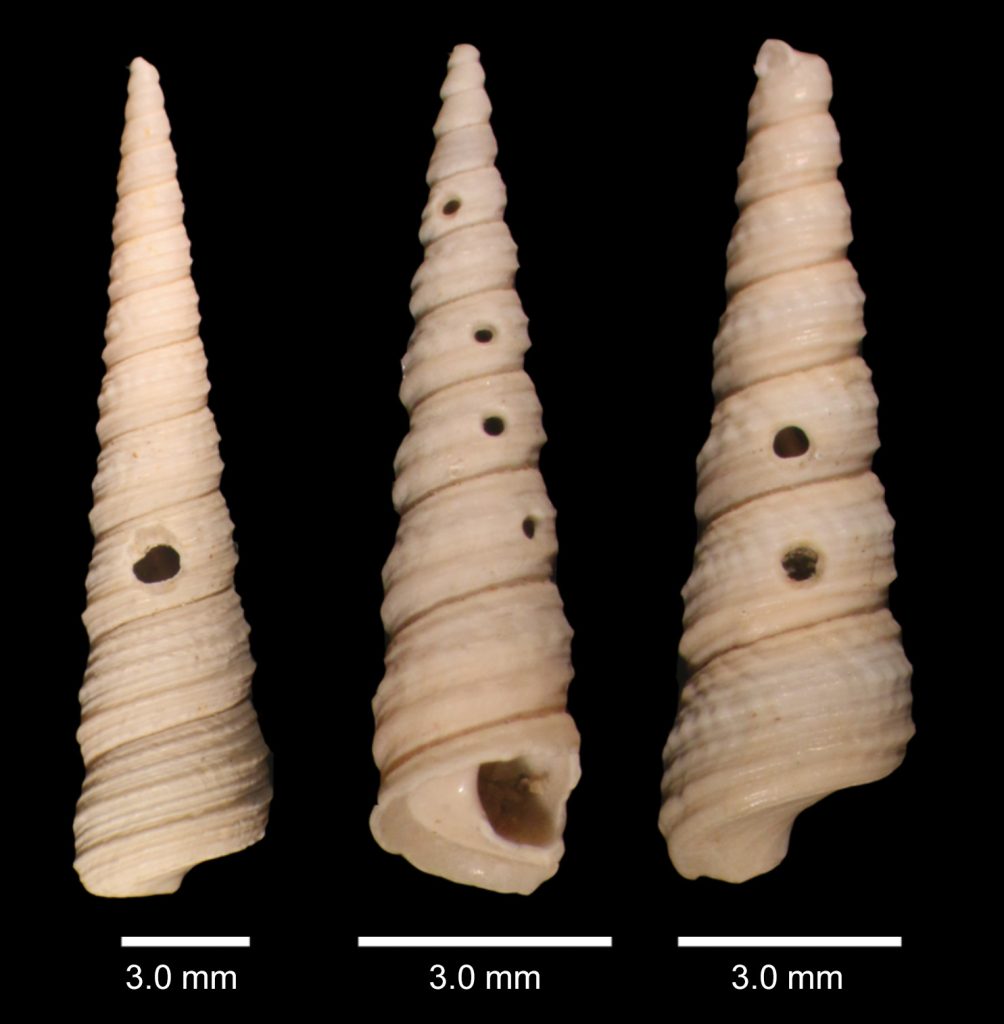
Most research on predation in the marine fossil record has focused on specimens from North America and Europe.
Read More from New study on predator-prey interactions of snails
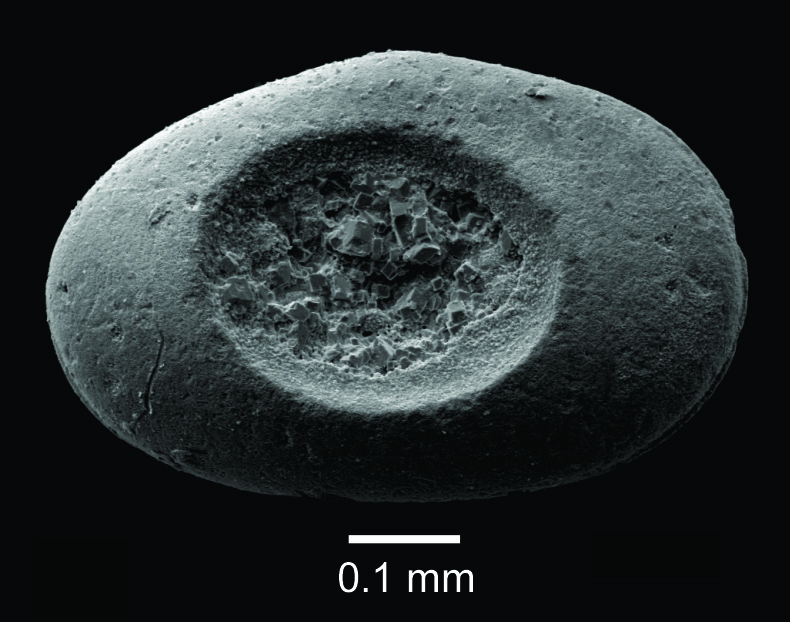
Ostracods are small crustaceans living in a variety of environments. They were also present in and on the ocean floor in Brazil 66 million years ago.
Read More from Seed shrimps feature in mass extinction study
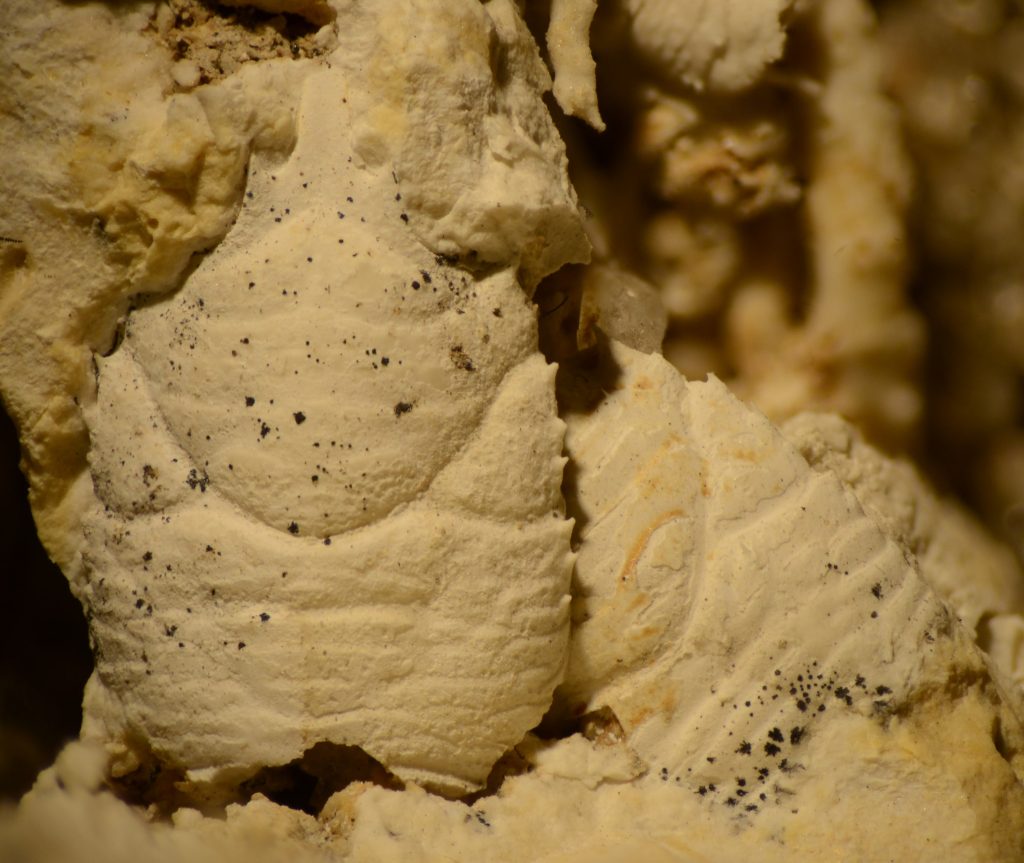
The Treatise of Invertebrate Paleontology are a series of chapters published since the 20th century with overviews of invertebrate fossil groups.
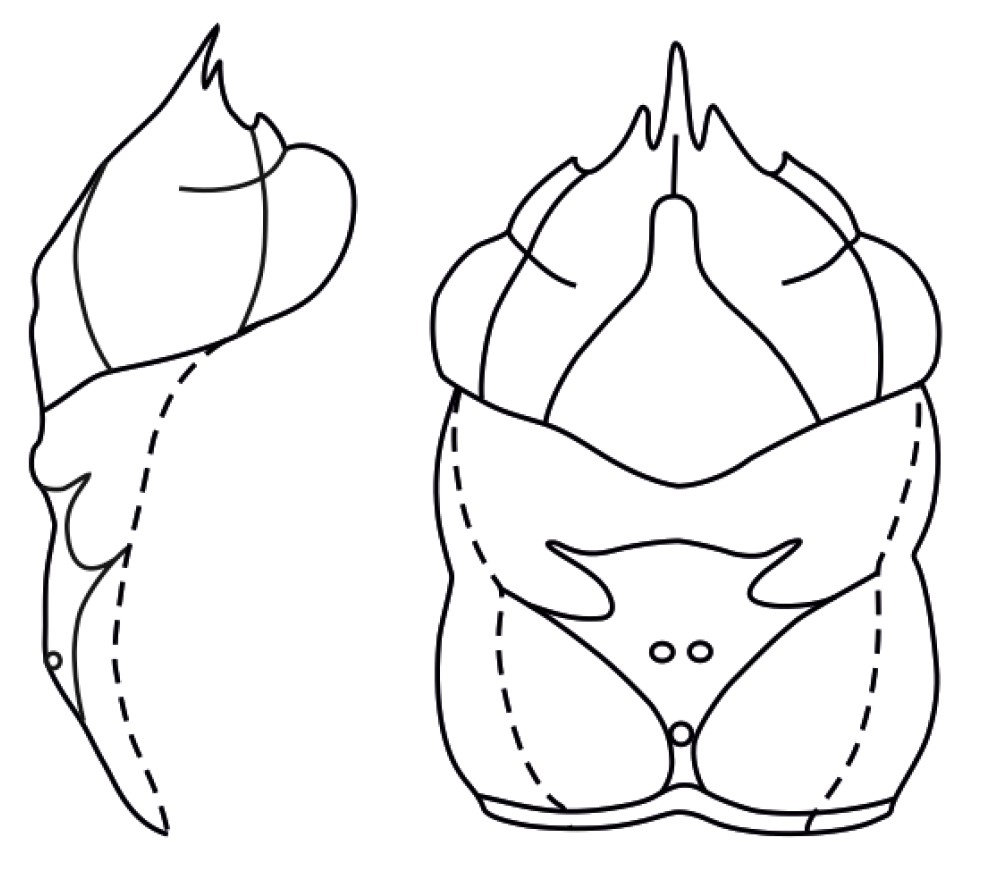
Naming species and putting them into their correct place in the family tree is essential in biology and paleontology.

Horseshoe crabs (Xiphosura) have a long evolutionary history starting in the Ordovician, but the number of species is relatively low.
Read More from A non-marine horseshoe crab from the Middle Triassic (Anisian)
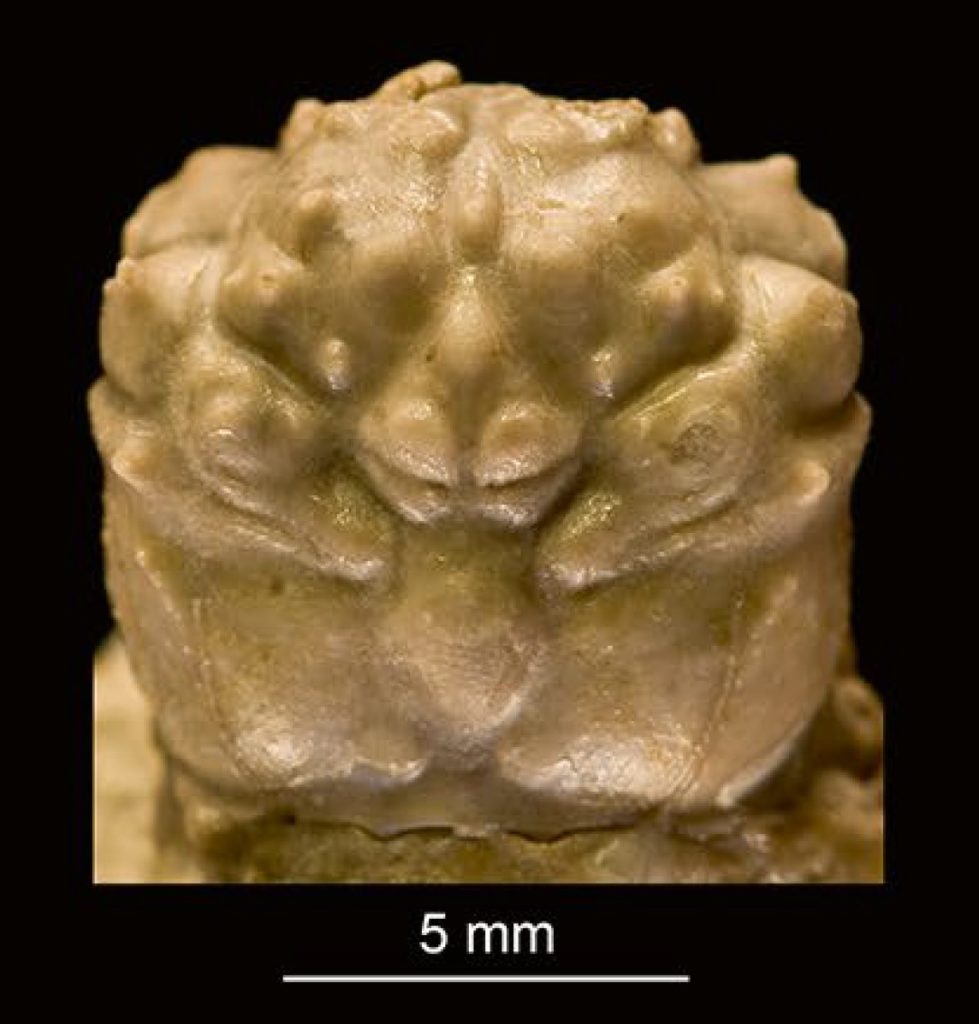
Cold seeps are spots in the oceans where fluids such as methane and hydrogen sulfide escape from the bottom of the ocean into the water column.
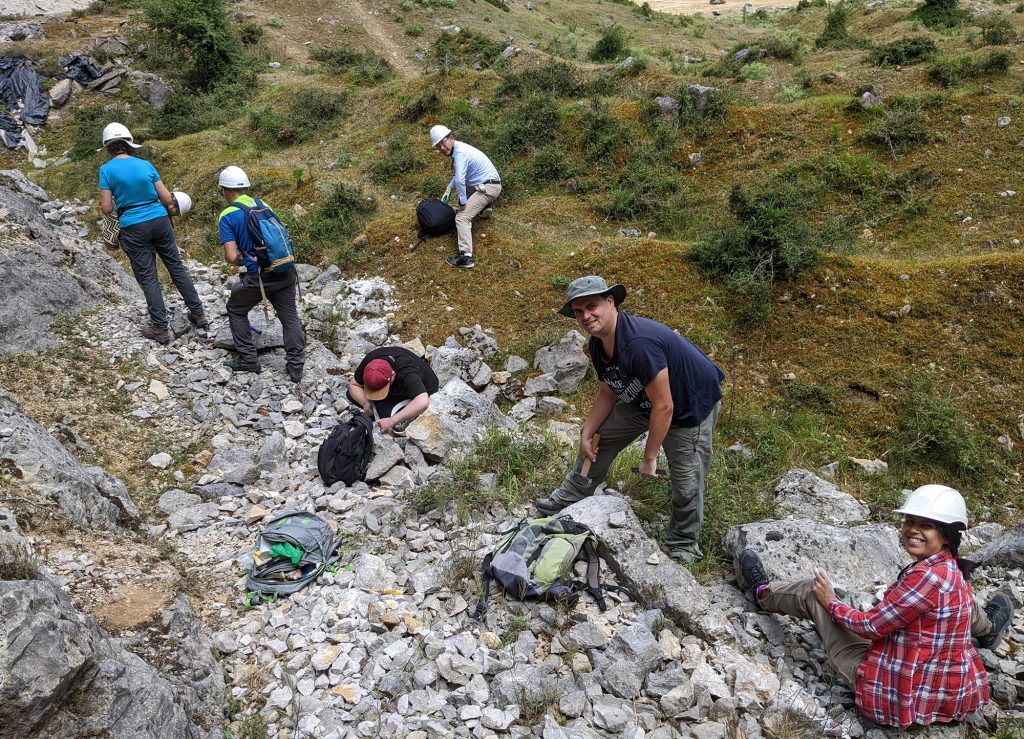
Last month, Dr. Adiel Klompmaker (UA Museums’ Curator of Paleontology) and Dr. Cristina Robins (a UA Museums’ Research Associate) participated in the 8th Symposium on Fossil Decapod Crustaceans organized in Zaragoza, Spain.
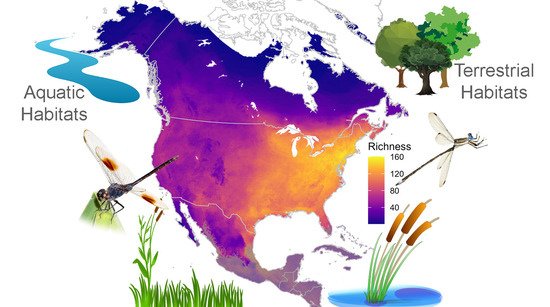
A new paper in Diversity, authored by a team of international collaborators that was headed up by Dr. John Abbott (Director of The University of Alabama’s Department of Museum Research and Collections) and Dr. Cornelio Bota Sierra (Postdoctoral Research, The University of Alabama Museums) about the Diversity of Nearctic Dragonflies and Damselflies has been published.
Read More from Diversity of Nearctic Dragonflies and Damselflies (Odonata)
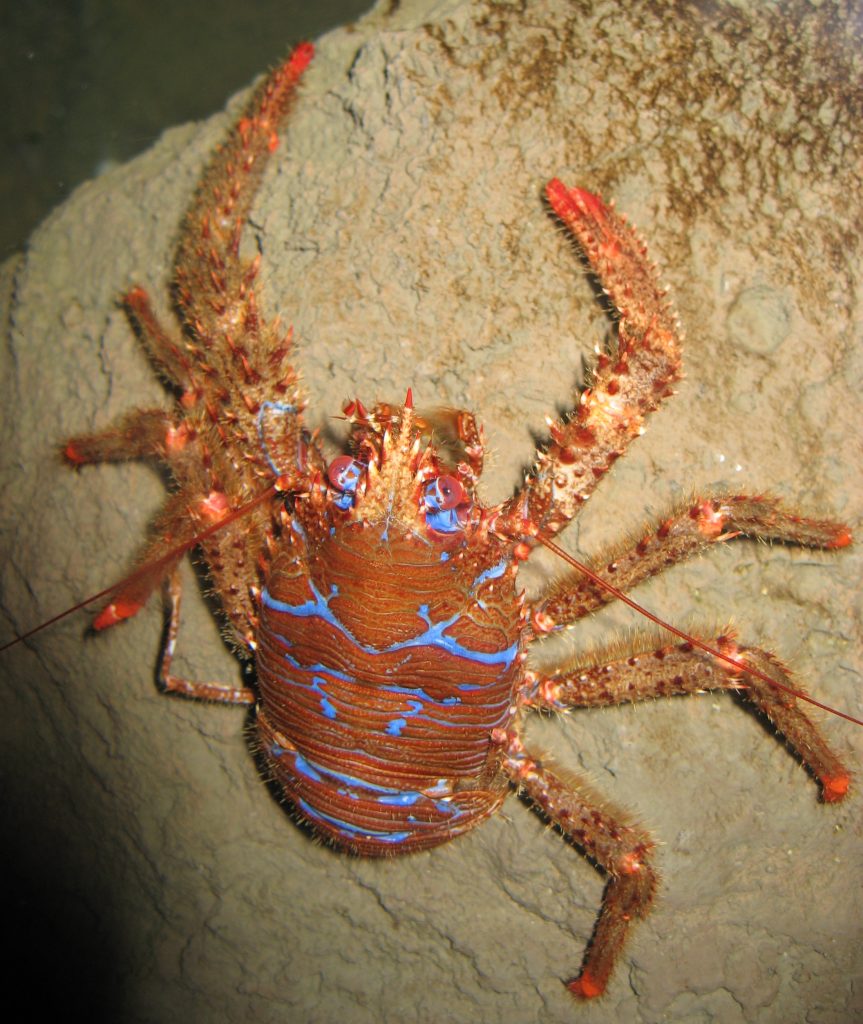
Squat lobsters of the Galatheoidea superfamily live in all oceans today, from shallow waters to depths of thousands of meters, and from hot hydrothermal vents to cold waters in the polar regions. The number of extant species is currently ~1,300 species, many of which are truly colorful.
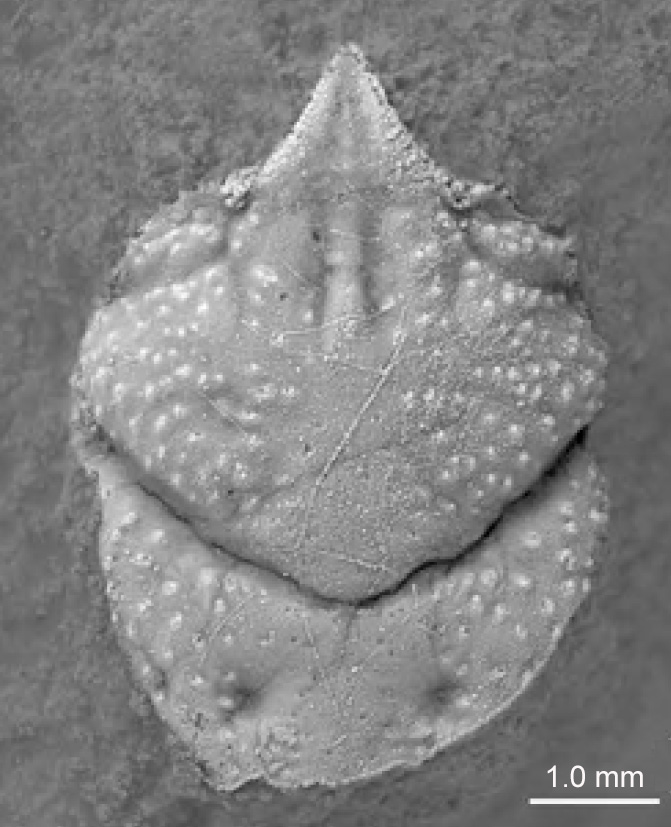
The evolutionary history of hermit crabs (Paguroidea) has been unraveling over the last 15 years.
Read More from Most diverse, oldest fauna of hermit crabs discovered